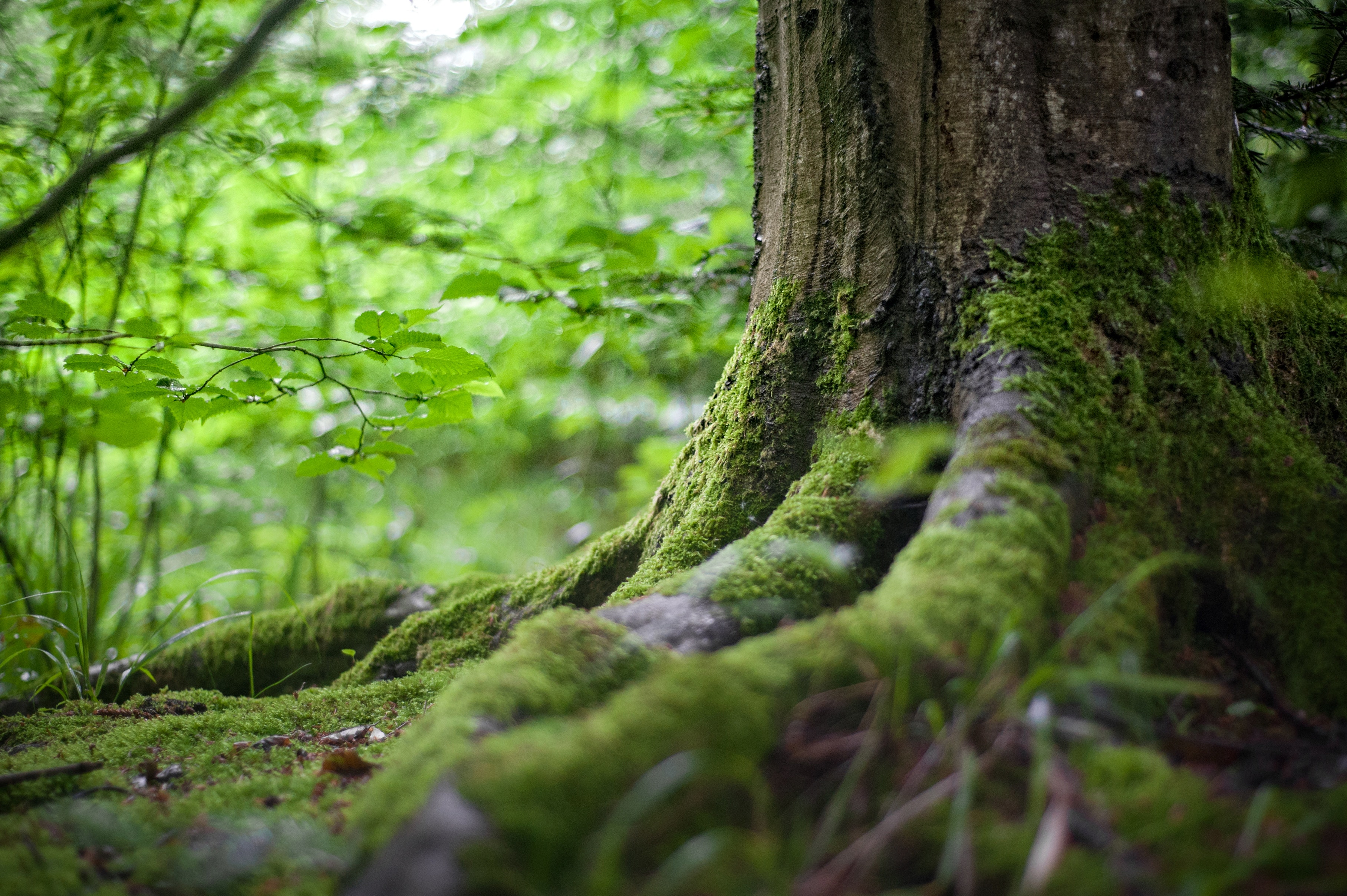Volunteers working to save some of the UK’s most threatened butterflies have been taught historic woodland heritage skills from a Morecambe coppice expert.
Coppice worker Sam Ansell from Arnside has been teaching volunteers from the Morecambe Bay Task Force the ancient skills of green woodworking.
Using waste wood products the volunteers have learned to make mallets, charcoal, bean sticks and hedging stakes.
The task force spend the winter coppicing and clearing scrub and trees in the nationally important butterfly woodlands around Morecambe Bay where the rare High Brown and Pearl-bordered fritillary butterflies are found.
These butterflies need violets in warm, un-shaded clearings and rides within woodlands to survive and breed.
Many of these woodlands have become unmanaged with violets being shaded out and butterfly populations left isolated.
Management work such as coppicing, organised by Butterfly Conservation, other conservation groups and landowners, contractors and volunteers is essential to help these species avoid extinction.
Coppicing plays a key conservation role as coppiced woodland provides vital habitat for both of these rare species.
Wood from coppicing is typically used for firewood by landowners or community wood fuel groups but the smaller pieces of waste wood are often discarded or burnt.
By learning the ancient skills of green woodworking, task force volunteers will be able to convert waste wood into saleable products such as bean sticks and woven hazel hurdles.
Morecambe Bay Butterfly Task Force Officer Hilary Smith, said: “The skills of green woodworking were essential for the survival of local farming communities in the area, and the butterflies are here today because of this traditional woodland management in the past.”
If you would like to find come and join the Task Force volunteers, please contact Hilary Smith on 07799 469941 or email @email.


